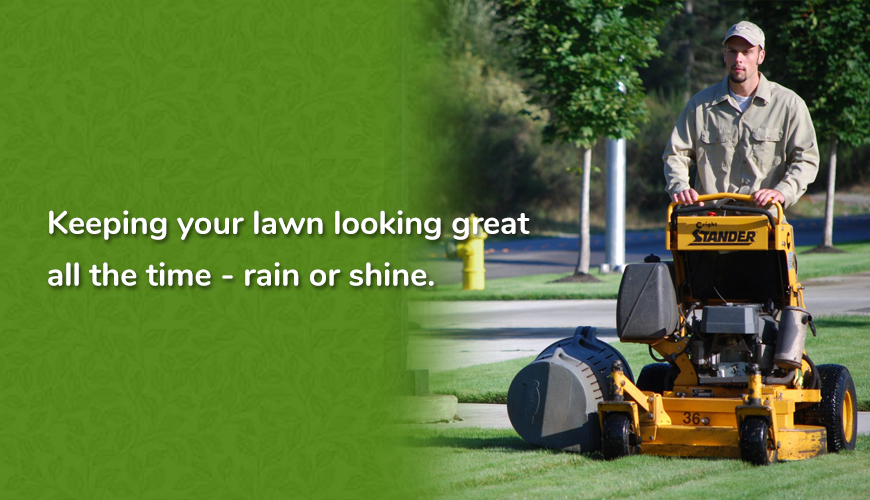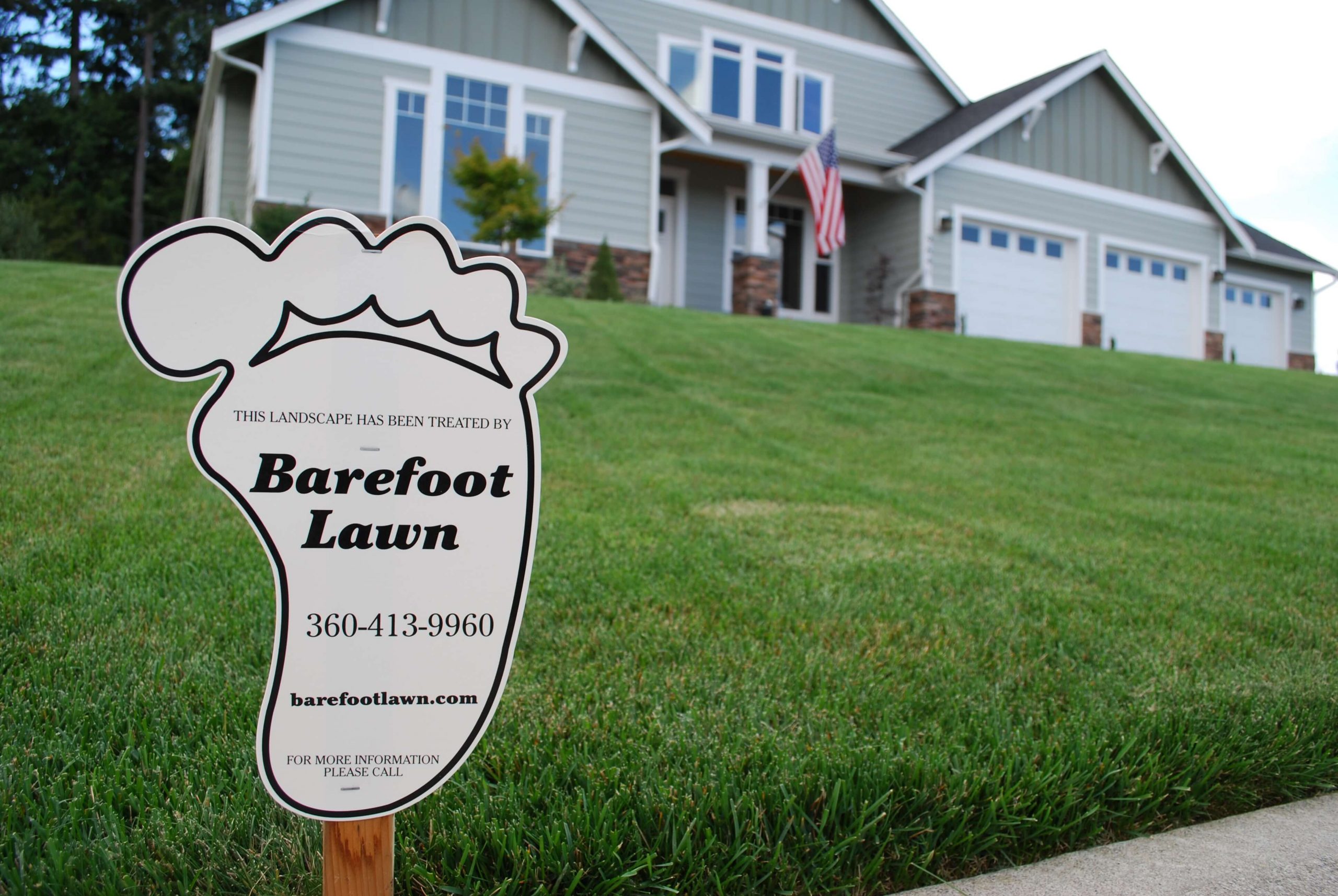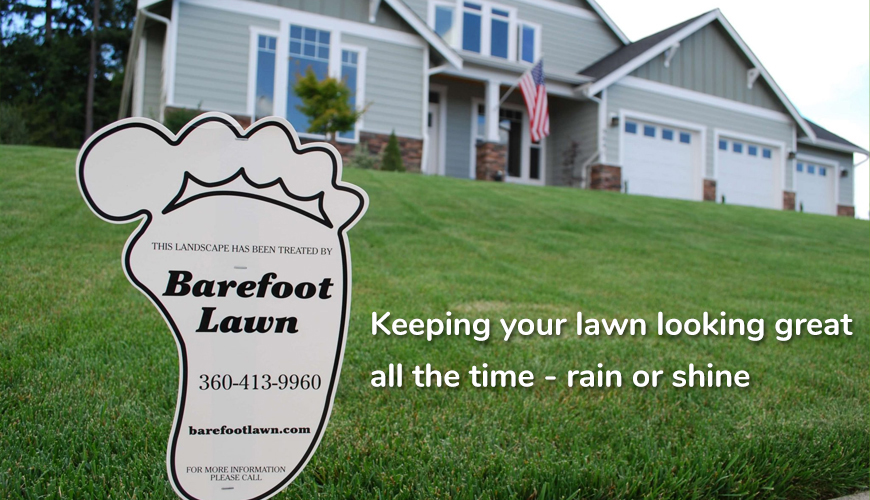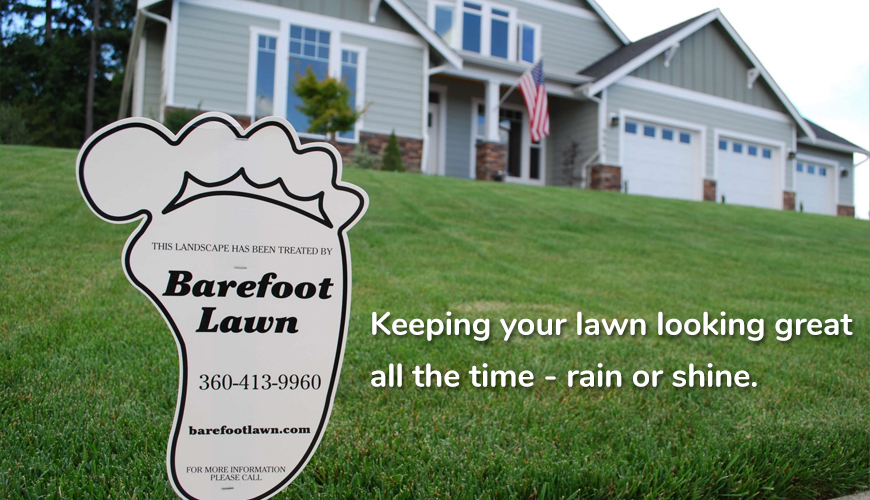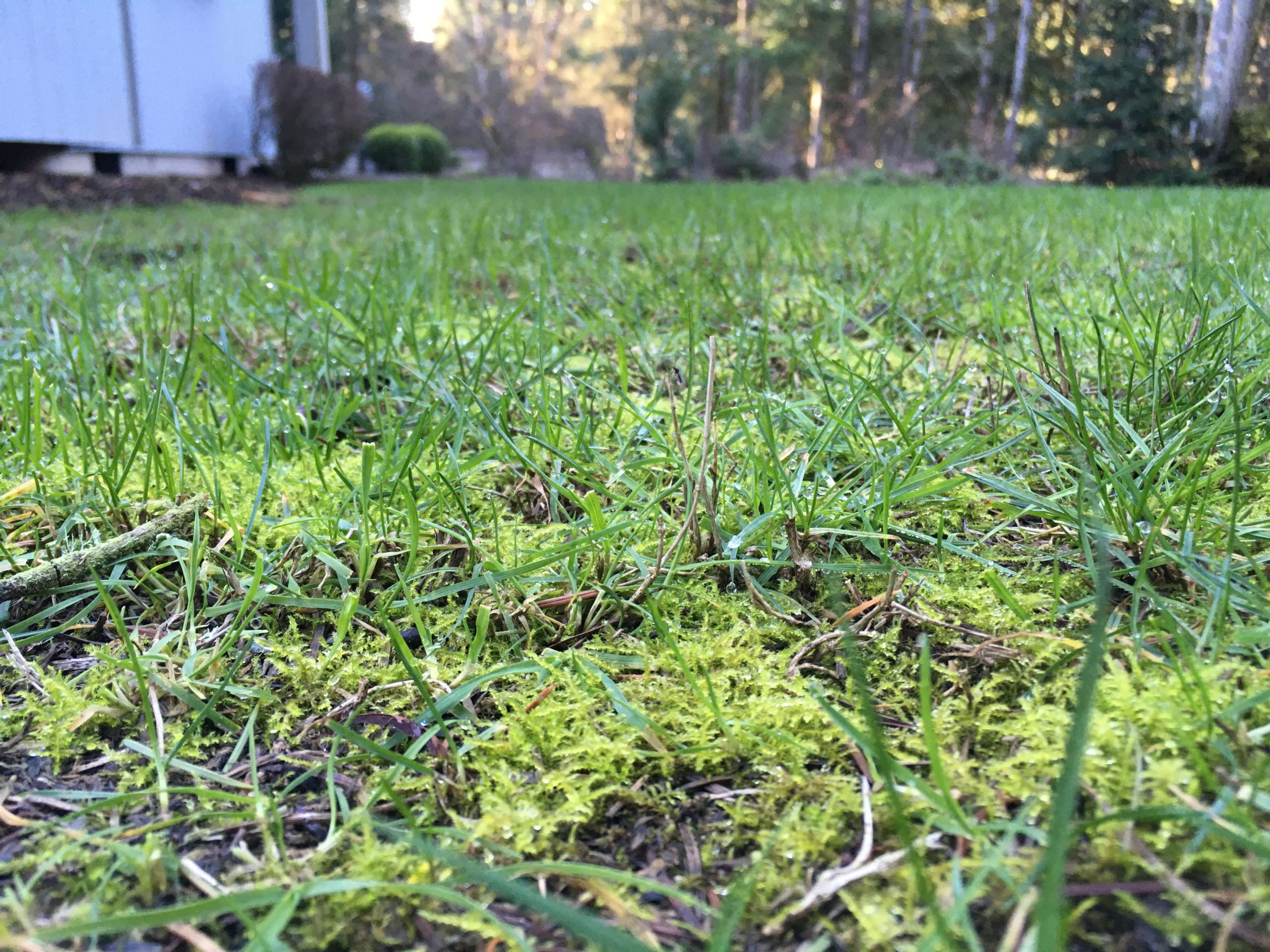Fall is one of the best times to fertilize
Fall is the time of year when cool season turfgrass recovers from summer stresses. As temperatures decline and soil moisture increases, grass plants begin accumulating carbohydrates for shoot and root growth. This carbohydrate reserve increases root growth without excessive shoot growth. Roots grow well when soil temperatures are between 40-65 degrees while shoot growth is favored in the 60-75 degree range. The stored energy is used for: Winter hardiness Shoot […]

